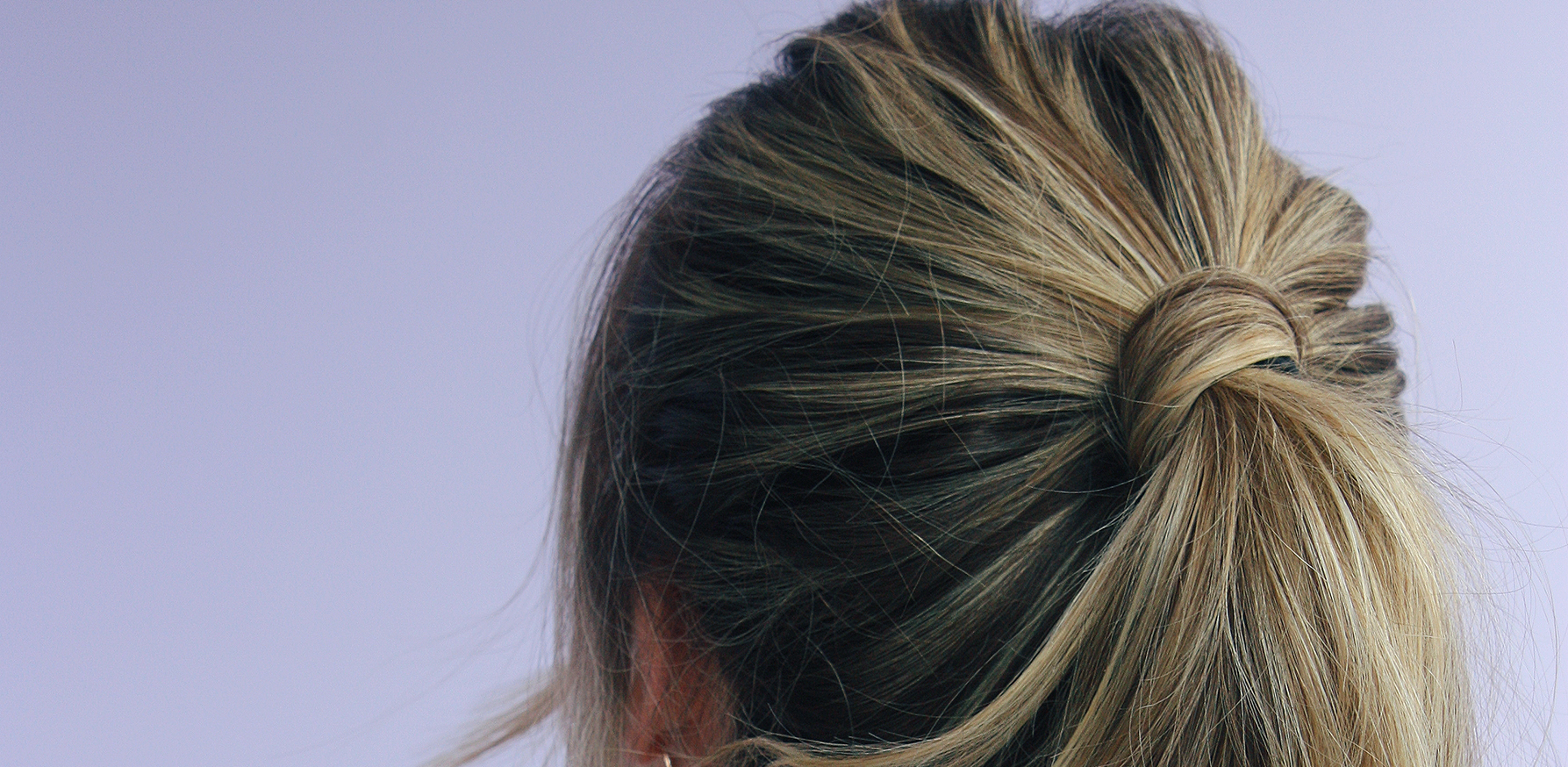
Winter Dandruff Is A Thing: How To Combat The Winter Flakes
Winter is here and with it comes a lot of different hair problems. From static hair to dandruff. But have you ever wondered why your hair, which is probably completely dandruff free in the summer, looks like you have been out in the snow once December arrives? Well, there is actually something called winter dandruff.
Winter dandruff is not a medical problem, but a visual problem. How many times does it happen that you feel embarrassed because you have visible dandruff on the shoulders of your clothes? But, like any problem, dandruff can be kept under control with appropriate haircare.
What is dandruff?
Basically, dandruff occurs when the scalp gets rid of dead skin cells. Sometimes skin cells overproduce and fall off at twice the normal rate of shedding, which is a problem for the scalp. Then the scalp produces excess oil, and then the oil causes the dead skin cells to stick together and form white lumps, ie. dandruff. Scientists have also linked the fungus Malassezia to dandruff and other medical conditions such as atopic eczema, seborrheic dermatitis, and folliculitis.
Although dandruff does not cause any health problems, it can be quite uncomfortable for people who have it. People who suffer from dandruff may notice that during certain seasons the scalp becomes drier than usual and the dandruff is then more pronounced.
How does dandruff differ from seborrheic dermatitis?
People with seborrheic dermatitis have scalps that are red, itchy, and excessively dry or oily. Dead skin cells collect on the scalp and leave a thick, yellowish crust. This crust can also appear on the ears and nose. The main difference between seborrheic dermatitis and dandruff is the thick, yellowish crust that forms around the scalp. Dandruff appears only in the form of whitish flakes.
Does dry winter air cause dandruff?
Many people believe that dandruff is a sign of a dry scalp, but this is only partly true. Dandruff occurs when the scalp becomes too oily, and increased oil production occurs due to the scalp’s fight against dryness of the scalp. In winter, people spend more time indoors. The dry air that we have in the winter, combined with the huge difference in temperatures outside and inside, additionally dry out our scalp.
Solutions for dry scalp
A scalp that is too dry produces more oil and thus compensates for the loss of moisture. This phenomenon leads to the formation of dandruff. In addition, external factors such as stress make the scalp more prone to producing excess oil. Therefore, people with dandruff must use special products to treat the scalp, preventing dead skin cells from flaking off or the scalp from becoming too dry.
Frequent blow-drying and heat styling should be avoided whenever possible. You can also use tea tree oil and massage it into the scalp or use a shampoo containing tea tree oil. For people with sensitive skin, coconut oil may be a better option as coconut oil contains some antimicrobial and hydrating properties, but it’s not as harsh as tea tree oil.
Supplements
Zinc deficiency is a potential contributing factor to seborrheic dermatitis and dandruff. Many anti-dandruff shampoos contain zinc pyrithione, which prevents fungal growth and removes excess skin cells from the scalp. Zinc supplements are completely safe, and they can also boost your immune system! A great addition for the winter months.
Omega-3 fatty acids can lower blood pressure, increase levels of “good” HDL cholesterol, and support heart and brain health. A lack of this fatty acid can lead to negative symptoms, such as dandruff, brittle nails, and dry skin. The recommended daily dose of Omega-3 fatty acids is 1000 mg per day.
YOU MIGHT ALSO LIKE:
These Natural Oils Can Help You Get Rid Of Split Ends And Dandruff

-
Kanita Bhttps://loveforglam.com/author/kanitab/
-
Kanita Bhttps://loveforglam.com/author/kanitab/
-
Kanita Bhttps://loveforglam.com/author/kanitab/
-
Kanita Bhttps://loveforglam.com/author/kanitab/



